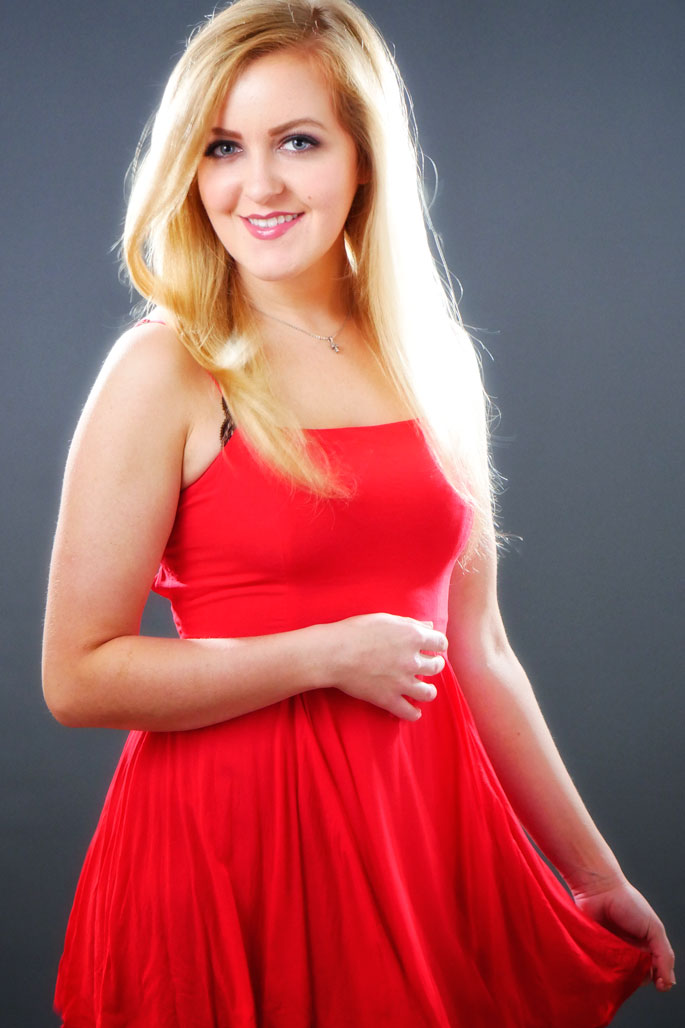Today’s Post by Joe Farace
The pictures have a reality for me that the people don’t. It is through the photographs that I know them.” —Richard Avedon
 “Light,” as a wise photographer once told me, “is light.” The most important characteristics of any studio lighting system are the quality, color, directionality and the quantity of the output. The kind of hardware you use has an impact on all of these aspects with the quality of the light being further affected by using light modifiers.
“Light,” as a wise photographer once told me, “is light.” The most important characteristics of any studio lighting system are the quality, color, directionality and the quantity of the output. The kind of hardware you use has an impact on all of these aspects with the quality of the light being further affected by using light modifiers.
Continuous lighting is so named because it is “on” continuously, much like a light bulb or the sun for that matter, enabling you to use your in-camera light meter to measure the light falling on your subject. Continuous lighting equipment lets you see how the light is falling on your subject and because these lights can be inexpensive, they makes a good starting point for anyone on a budget. Some continuous lighting sources use quartz or photoflood bulbs that are hot, even dangerously so, leading to the use of the term “hot lights” to describe them. An increasing number of continuous lighting tools use fluorescent lights producing what is, in effect, cool “hot lights.”
 Another form of cool, continuous lighting is LED’s such as the affordable ($159.99) Rotolight Interview kit that includes two RL48 battery-powered (three-AA’s) LED lights along with a Lee Color FX filter kit. The RL48’s range is approximately 15 feet and after that light begins to fall off, so my portraits are typically headshots or three-quarter length like this portrait of Olivia.
Another form of cool, continuous lighting is LED’s such as the affordable ($159.99) Rotolight Interview kit that includes two RL48 battery-powered (three-AA’s) LED lights along with a Lee Color FX filter kit. The RL48’s range is approximately 15 feet and after that light begins to fall off, so my portraits are typically headshots or three-quarter length like this portrait of Olivia.
When working with the Rotolights the first thing I noticed is there’s no waiting for a flash to recycle; I could just keep shooting. I initially found this odd and so did the first model I photographed with the lights but we quickly embraced this new and faster style of working that also encourages experimentation.
How I made this shot: Camera used was a Panasonic Lumix GH4 with Lumix G Vario 14-45mm f/3.5-5.6 at 45mm. Exposure was 1/8 sec—the lens is image stabilized—at f/5.6 and ISO 1600.
One Rotolight RL48 was place at camera left shooting through a translucent umbrella; the second RL48 was placed behind and to the right of Olivia and used as a back/hair light. It was supplemented by an inexpensive ($29.90) Westcott 30-inch 5-in-1 Reflector placed at camera right just out of camera range. Background was a 5×7-ft Savage Photo Gray Infinity vinyl background suspended on my aging JTL background stand.
Because Rotolight’s RL48 LED lights are continuous light sources, you can see exactly what the final results will be and as a bonus your subject’s is more relaxed without flashes going off during a session. Less blinks too. Working with the Rotolight Interview Lighting Kit is the most fun I’ve had in the studio in a long time.
If you enjoyed today’s blog post and would like to buy Joe a cup of Earl Grey tea ($2.50), click here.
My book Joe Farace’s Glamour Photography is full of tips, tools and techniques for glamour and boudoir photography with new copies available from Amazon for $27.43, as I write this. Used copies start at the hard-to-beat price price of $5.18 and the Kindle version is $11.99 for those who prefer a digital format.
